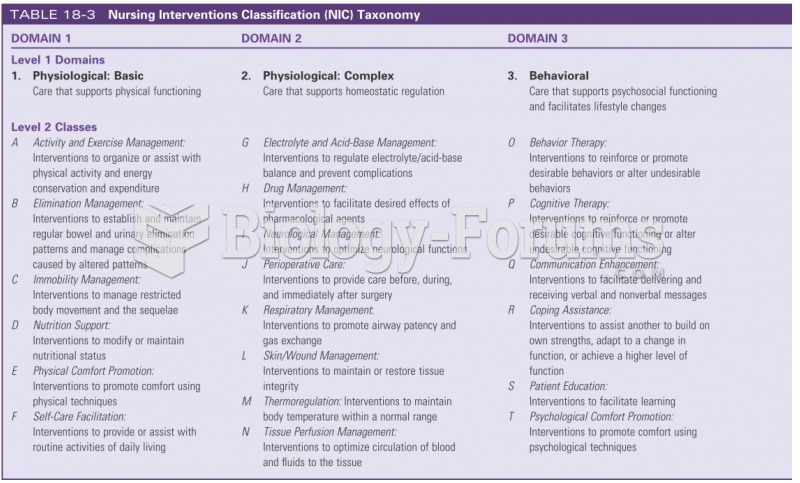|
|
|
Giardia is one of the most common intestinal parasites worldwide, and infects up to 20% of the world population, mostly in poorer countries with inadequate sanitation. Infections are most common in children, though chronic Giardia is more common in adults.
Certain topical medications such as clotrimazole and betamethasone are not approved for use in children younger than 12 years of age. They must be used very cautiously, as directed by a doctor, to treat any child. Children have a much greater response to topical steroid medications.
About 100 new prescription or over-the-counter drugs come into the U.S. market every year.
The calories found in one piece of cherry cheesecake could light a 60-watt light bulb for 1.5 hours.
Women are 50% to 75% more likely than men to experience an adverse drug reaction.







